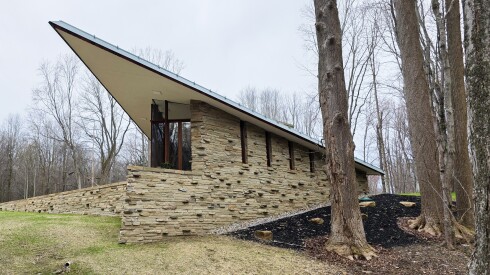European influences are very much in evidence at Dusit Palace Park. Inspired by his first trip to Europe in 1897, King Chulalongkorn (Rama V) transformed these styles into a uniquely Thai expression. The neoclassical Ananta Samakhom Throne Hall (now permanently closed) was commissioned by the king in 1907, built by Italian architects, and completed during the reign of King Rama VI. The walls and seven domes are adorned with paintings depicting the history of the Chakri dynasty, and the “Arts of the Kingdom” exhibition is filled with a dazzling collection of priceless treasures and objets d’art. The Vimanmek Mansion, the first permanent residence on the palace grounds, is said to be the world’s largest golden-teak building.
More Recommendations
Europe Meets Asia at a Royal Highlight
European influences are very much in evidence at Dusit Palace Park. Inspired by his first trip to Europe in 1897, King Chulalongkorn (Rama V) transformed these styles into a uniquely Thai expression. The neoclassical Ananta Samakhom Throne Hall (now permanently closed) was commissioned by the king in 1907, built by Italian architects, and completed during the reign of King Rama VI. The walls and seven domes are adorned with paintings depicting the history of the Chakri dynasty, and the “Arts of the Kingdom” exhibition is filled with a dazzling collection of priceless treasures and objets d’art. The Vimanmek Mansion, the first permanent residence on the palace grounds, is said to be the world’s largest golden-teak building.























